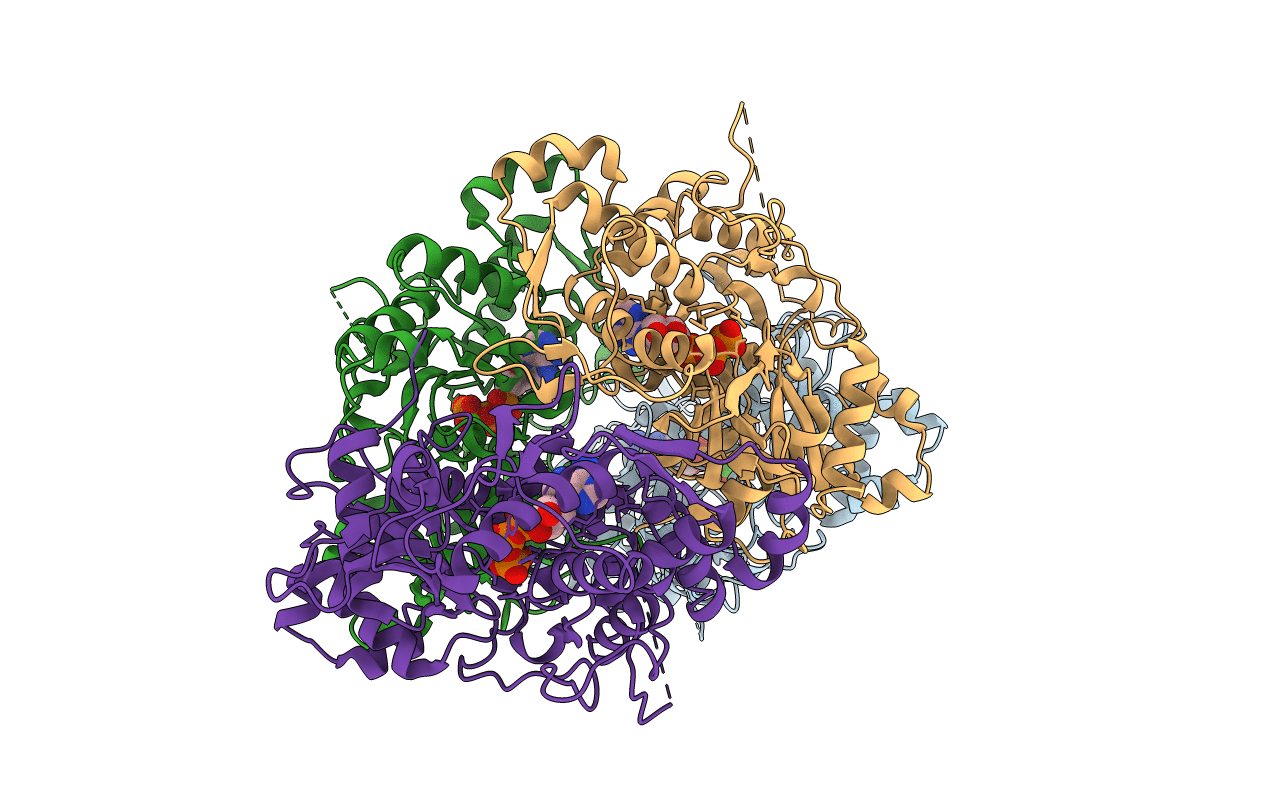
Deposition Date
2011-01-12
Release Date
2011-05-04
Last Version Date
2023-09-13
Entry Detail
PDB ID:
3QB0
Keywords:
Title:
Crystal structure of Actin-related protein Arp4 from S. cerevisiae complexed with ATP
Biological Source:
Source Organism:
Saccharomyces cerevisiae (Taxon ID: 4932)
Host Organism:
Method Details:
Experimental Method:
Resolution:
3.40 Å
R-Value Free:
0.22
R-Value Work:
0.19
R-Value Observed:
0.19
Space Group:
P 61


